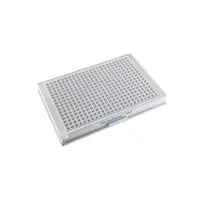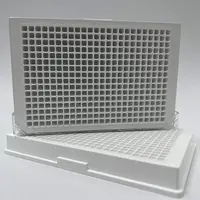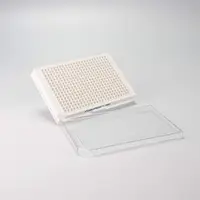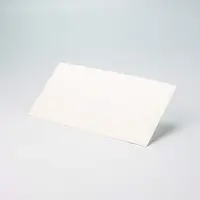
AlphaLISA Anti-Bovine IgG1 Acceptor Beads, 5 mg
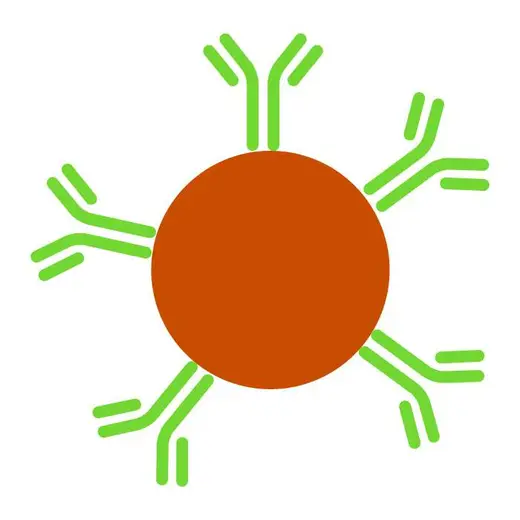





AlphaLISA Acceptor beads conjugated to anti-bovine IgG1 antibody. These beads can be used to capture bovine IgG1 antibodies.
For research use only. Not for use in diagnostic procedures. All products to be used in accordance with applicable laws and regulations including without limitation, consumption & disposal requirements under European REACH regulations (EC 1907/2006).
Product information
Overview
AlphaLISA Acceptor beads conjugated to anti-bovine IgG1 antibody. These beads can be used to capture bovine IgG1 antibodies. These beads can be used in conjunction with Alpha Donor beads to create AlphaLISA no-wash immunoassays for:
- Antibody-antigen binding studies
- Analyte detection assays
- Biomarker detection assays
- Antibody detection assays
- Other immunoassays
In a typical AlphaLISA assay, 1 mg of AlphaLISA Acceptor beads is sufficient to run 1,000-2,000 wells using a 50 µL final reaction volume. Bead concentration can be adjusted for optimal performance.
AlphaScreen® and AlphaLISA® are bead-based assay technologies used to study biomolecular interactions in a microplate format. The acronym "Alpha" stands for amplified luminescent proximity homogeneous assay. As the name implies, some of the key features of these technologies are that they are non-radioactive, homogeneous proximity assays. Binding of molecules captured on the beads leads to an energy transfer from one bead to the other, ultimately producing a luminescent/fluorescent signal. To understand how a signal is produced, one must begin with an understanding of the beads. AlphaScreen and AlphaLISA assays require two bead types: Donor beads and Acceptor beads. Each bead type contains a different proprietary mixture of chemicals, which are key elements of the AlphaScreen technology. Donor beads contain a photosensitizer, phthalocyanine, which converts ambient oxygen to an excited and reactive form of O2, singlet oxygen, upon illumination at 680 nm. Please note that singlet oxygen is not a radical; it is molecular oxygen with a single excited electron. Like other excited molecules, singlet oxygen has a limited lifetime prior to falling back to ground state. Within its 4 µsec half-life, singlet oxygen can diffuse approximately 200 nm in solution. If an Acceptor bead is within that proximity, energy is transferred from the singlet oxygen to thioxene derivatives within the Acceptor bead, subsequently culminating in light production at 520-620 nm (AlphaScreen) or at 615 nm (AlphaLISA). In the absence of an Acceptor bead, singlet oxygen falls to ground state and no signal is produced. This proximity-dependent chemical energy transfer is the basis for AlphaScreen's homogeneous nature.
Specifications
| Antibody Conjugates |
Anti-bovine IgG1
|
|---|---|
| Automation Compatible |
Yes
|
| Bead Type or Material |
AlphaLISA Acceptor
|
| Brand |
AlphaLISA
|
| Detection Method |
Alpha
|
| Experimental Type |
In vitro
|
| Format |
Microplates
|
| One Unit Contains |
1.0 each
|
| Species |
Human
|
| Shipping Conditions |
Shipped in Blue Ice
|
| Unit Size |
5 mg
|
Video gallery


Resources
Many laboratories developing and producing antibodies still rely on traditional enzyme-linked immunosorbent assay (ELISA) to...


How can we help you?
We are here to answer your questions.































